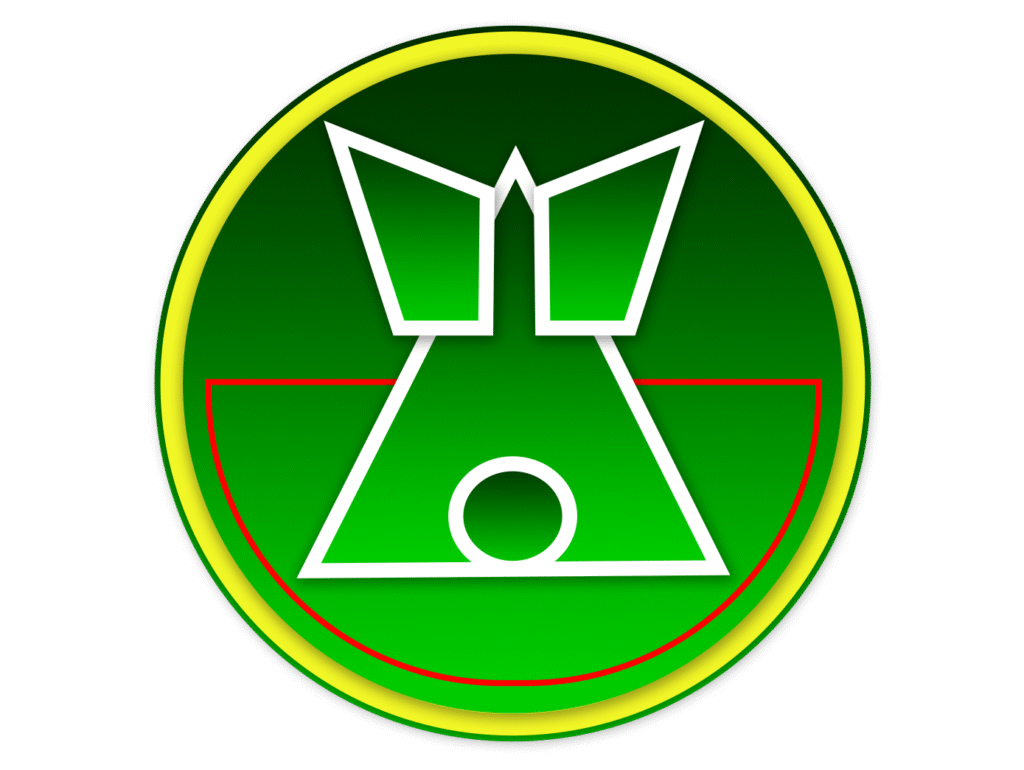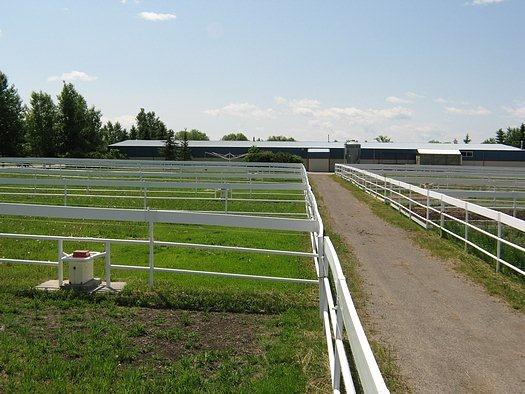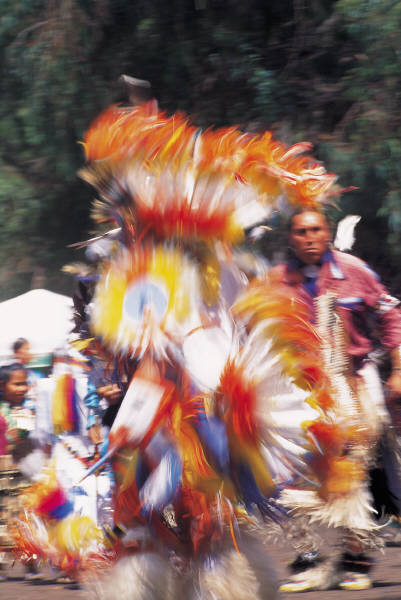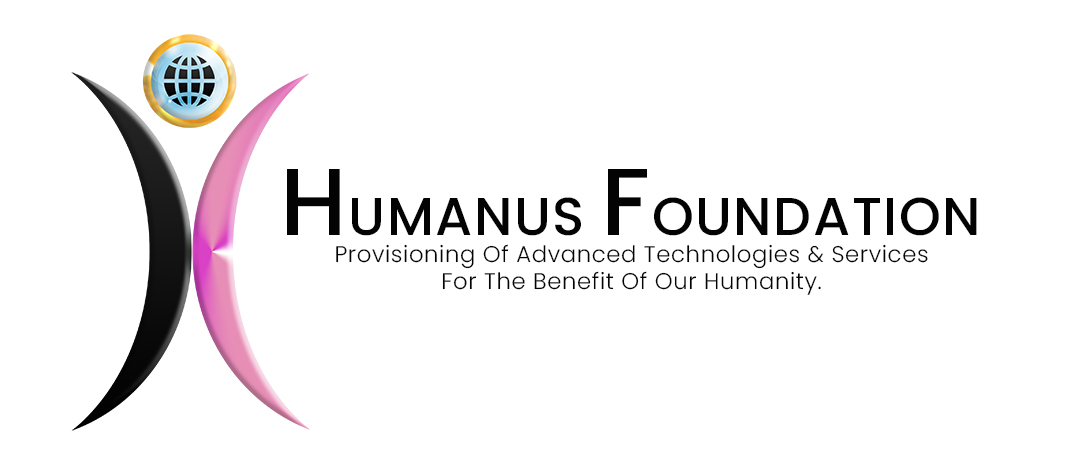AGOKAN

As the quintessential progenitor of the First Nations, Agokan has adopted the DragonsHeart Vision to enable the First Nations to duplicate the Vision stated herein with all Systems and Technologies of Humanus and DragonsHeart at their disposal.
Agokan and WOLFLegacy, headed by Allan Wolfleg, are at the lead point of the Blackfoot Confederacy.
AGOKAN BARN AND RANCH OPERATIONS
Additional low-tech solutions specific to farming are incorporated into Agokan’s structure to enable the promulgation of the First Nations culture in all respects.
One of these low-technology solutions are special purpose cattle farms that produce better than Angus grade cattle, in a stress free and healthy environment devoid of drugs or other enhancement techniques commonly used in these installations.
The “Barn Operations” include 20 (160′ x 80′) atmospheric controlled barns, with heat exchangers that convert heat, smell and heat from the barns as heat/warm air for the Hydroponics Room to help it grow the grass fodder. Following is a quote from our press release in 2006:
“We suspected the entire problem could be beaten through use of air to air heat exchangers and the application of bedding which is changed on schedule. These, together with other changes corrected the problems associated with confinement barns.
We held animals during the cold of winter and with the outside temperature at about minus 25F. the barn temp. was a balmy plus 50F and no sign of condensation or moisture. We gave this information out for several years before even a few farmers would listen which clearly exemplifies the extent of the failure of the old type confinement barns.
An average 1,000 lb. animal will output +- 2,500 btu’s/hr. and produce +- 1 lb./hr of moisture. In 24 hrs. the heat gain will be +- 60,000 btu’s X 200 head + – 12,000,000 btu’s and produce moisture at a rate of 24 lbs/day X 200 head = 4800 lbs/day = about 480 gallons. This shows why confinement barns failed in very cold weather – just too much moisture and therefore just too much fog. The heat exchanger we speak of is really a device which gathers this heavily moisture laden air and blows it through narrow openings separated by thin metal walls. Every second opening has air coming in from top to bottom. So, the outgoing warm moist air transfers its heat to the cold fresh air being blown in from outside and thus heats it virtually to the heat of the outgoing air.
If fuel has 120,000 btu’s/gal. then we have the heat output of 1,000 gallons per day. A greenhouse requires heat and light. Our hydroponic framework to grow our grass fodder can just sit in the barn and be warm enough Daylight fluorescent tubes work well for grass growing and operate at very modest cost. This brief summation will serve to illustrate how we can successfully and economically raise cattle in controlled atmosphere surroundings and also afford to supply an adequate daily diet of fresh green grass year round regardless of weather conditions. Remember too that the costly and objectionable Prairie grasshopper hordes can be kept out by just shutting the door.
We are planning on building 20 such barns, 1 packing house and 1 tannery on site (120 acres) as a 1 UNIT, that will employee over 300 full time workers, generate electricity, and create a multi-dimensional project with many spin-offs for the hosting community. DragonsHeart has access to many technologies that will help these UNITS keep Mother Nature clean and safe. In Canada, on a long range strategy, we are looking at about 300 UNITS on 300 Indian Reserves that will generate about 25,000 MWs of electricity, employ more than 100,000 people, finished 3.6m cattle per year, and return a majority of its revenues back into hosting communities to meet their own Comprehensive Community Plans In China and Russia, the numbers will be much bigger, and we figured there is fit for the “Zyme Fast” in our operations.”
In addition to these innovative low-tech solutions for meat production, similar operations for chickens and pigs are on the drawing board to begin once funding is available.
Technology transfer of these systems to China and Russia is already at an advanced stage requiring only the influx of Project funds.
Locally and across Canada and the USA, Agokan shall initiate the construction of the Future Cities in its geographic area, and provide all the technology, logistics, deployment, management and service aspects as required.
DragonsHeart and Humanus, as Agokan’s partner, will supply all its resources to enable Agokan to effect the build-out of the Future Cities, first on First Nations lands, and then expand out to crown and government lands under favorable terms.
Ranches
Ranch headquarters are situated at Alexis Creek which is small town located on Highway 20, 75 miles west of Williams Lake BC, 275 miles north of Seattle WA., or 185 miles north of Vancouver BC. Alexis Creek is the service center for large part of the vast Chilcotin country. The ranch and the town are blended together and have co-existed in a neighborly manner since the ranch was founded some 100 years ago. The following services are located at Alexis Creek: Branch offices of the B.C. Forest Service, Royal Canadian Mounted Police Detachment, Red Cross Field Hospital, Post Office, an elementary school that goes up to grade nine, hotel and general store.
This working Canadian ranch, situated in the beautiful Chilcotin River Valley, is among the country’s largest covering some 260,000 acres. Dozens of lakes, numerous rivers and streams, woodlands, plains and meadows sprinkle the 300 square miles of ranch land. The farthest grazing pastures lie 125 miles by road from the main ranch in the Coast Range foothills. Hundreds of miles of road and two airstrips cover the ranch. The ranch’s miles of lake, river and stream frontage, mountain, plateau, forest and river valley scenery of stunning beauty make the ranch unique among the world’s large ranches.
The Blue Goose Ranch, composed of five individual ranches, provides approximately 300,000 acres, and is also a target.

BLACKFOOT INTERNATIONAL RODEO
The time is right to introduce a new format of rodeo for Indian Cowboys, and to earn the kind of money the non-Indian Cowboys earn at the Calgary Stampede. The time is right to introduce a new format for an Indian Powwow to showcase the highly competitive dancing of First Nation people in North America, and deserve to earn prize money in the high brackets.
There are years of rodeo and powwow experience in the Indian Country to stage THE BLACKFOOT INTERNATIONAL RODEO & POWWOW 2013. This historical event would act as a catalyst to create a new community format, Communities for the Future that will lead to the establishment of Cities of the Future.
Blackfoot Rodeo Company’s basic purpose will be to preserve and promote First Nation heritage, history, culture and values.
The Calgary Stampede started out in 1912 with Guy Weadick producing the first “Frontier Days and Cowboy Championship Contest” soon to be known as the Calgary Stampede. The Big Four – Pat Burns, George Lane, A.E Cross and A.J. Maclean – provided financial backing. In 1919 Guy Weadick returned to Calgary to produce the second Stampede, called the Victory Stampede in honor of the end of World War I. The original Agriculture Building with the Victoria Pavilion was completed.
In 1923 The “Calgary Stampede” merged with the “Calgary Industrial Exhibition” to form the “Calgary Exhibition & Stampede.” Guy Weadick moved to Calgary to produce an annual Stampede at the same time as the Exhibition. He invented chuckwagon racing, downtown attractions and the other community activities that brand the Stampede today. The Stampede operated under this title until the 90s when it started to change the rodeo format. In the 2000s, they focused on Champions only to showcase the top cowboys/cowgirls in each event in the world.
In the Indian Country, they eventually started their own Rodeo Circuits and had their own National Indian Rodeo Finals in Las Vegas each year. NIRF has its headquarters on the Blackfeet Indian Reserves, Browning, Montana.

Ranches
This historical event should happen two years after the 100th Anniversary of the 2012 Calgary Stampede. The staging of the Wolf Legacy Rodeo, a Professional Rodeo (of Indian cowboys/cowgirls) and the 1st Annual Ajay Life Celebration Powwow 2014, with Champions of both events battling for price money on the same level as the Calgary Stampede, will provide the First Nations with a significant revenue stream, and advance the culture to forefront prominence.
The Calgary Stampede only invites current Rodeo Champions from the Canadian Finals Rodeo and the National Rodeo Finals (US/Canadian Cowboys) for the World Championships. The Indian Rodeo Circuits in Canada and USA are not invited.
Agokan will start meetings with all the Indian Rodeo Circuits and get advise/commitment to start planning the 2014 Rodeo. This means negotiations for stock contracts, rodeo officials, and the drawing up of this events rodeo rules, supported by all Indian Rodeo Circuits. Then there’s the work to set up a temporary Rodeo Arena.
The Indian Rodeo Circuit officials from Canada and USA will be in charge of coordinating the Rodeo. Agokan will manage the Rodeo through a WOLF LEGacy Rodeo Committee.
The 1st Annual Ajay Life Celebration Powwow 2014
The Powwow will invite all care workers and War Veterans from all over North America, to showcase their work in a trade show fashion, and to be honored by the Powwow Sponsors (WOLF Legacy, Humanus and DragonsHeart). Agokan will also showcase its work.
The Powwow will invite and expect approximately about a 1,000 dancers plus and about 40 drummers. The current dancing arbor could only accommodate 500 dancers and 30 drummers.
The Powwow Dancing Competitions will include:
Chicken Dancing
Grass Dancing
Traditional Dancing
Fancy Dancing
Jingle Dancing
Hoop Dancing
And special dancing from various groups
Blackfoot A1 Club will be hired to coordinate the Powwow, and we will manage the Powwow through a AGOKAN Powwow Committee.
The Powwow will cost about $400,000 in prize money, and about $600,000 for other related costs, specifically a temporary Powwow Arbor.
Agokan will also spend approximately $500,000 for security, ground staff, lights, sound systems, bathrooms, washrooms, hospitality room, and other costs.

